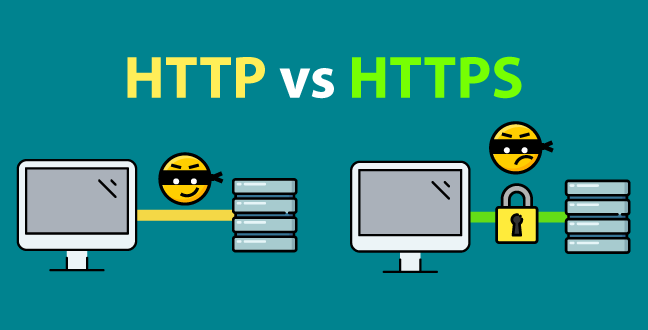jQuery 判断是否移动端访问
日期:2024年01月21日 来源:互联网在使用 jQuery 判断是否移动端访问时,可以通过检测窗口的宽度或者用户代理字符串(User Agent String)来进行判断。
以下是两种方法:
方法一:检测窗口宽度
$(document).ready(function() {
// 获取窗口宽度
var windowWidth = $(window).width();
// 设置一个阈值,例如 768px,根据实际需要调整
var mobileThreshold = 768;
// 判断是否为移动端
if (windowWidth < mobileThreshold) {
// 在移动端执行的代码
console.log("移动端访问");
} else {
// 在非移动端执行的代码
console.log("非移动端访问");
}
});
方法二:检测用户代理字符串
$(document).ready(function() {
// 获取用户代理字符串
var userAgent = navigator.userAgent;
// 判断是否包含移动设备关键字,例如 "Android"、"iPhone"、"iPad" 等
if (/Android|webOS|iPhone|iPad|iPod|BlackBerry|IEMobile|Opera Mini/i.test(userAgent)) {
// 在移动端执行的代码
console.log("移动端访问");
} else {
// 在非移动端执行的代码
console.log("非移动端访问");
}
});
选择哪种方法取决于你的具体需求和项目要求。选择哪种方法取决于你的具体需求和项目要求。
请注意,检测用户代理字符串并不是百分之百可靠,因为用户代理字符串可以被修改。因此,根据具体情况选择适当的方法。



